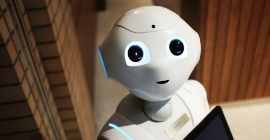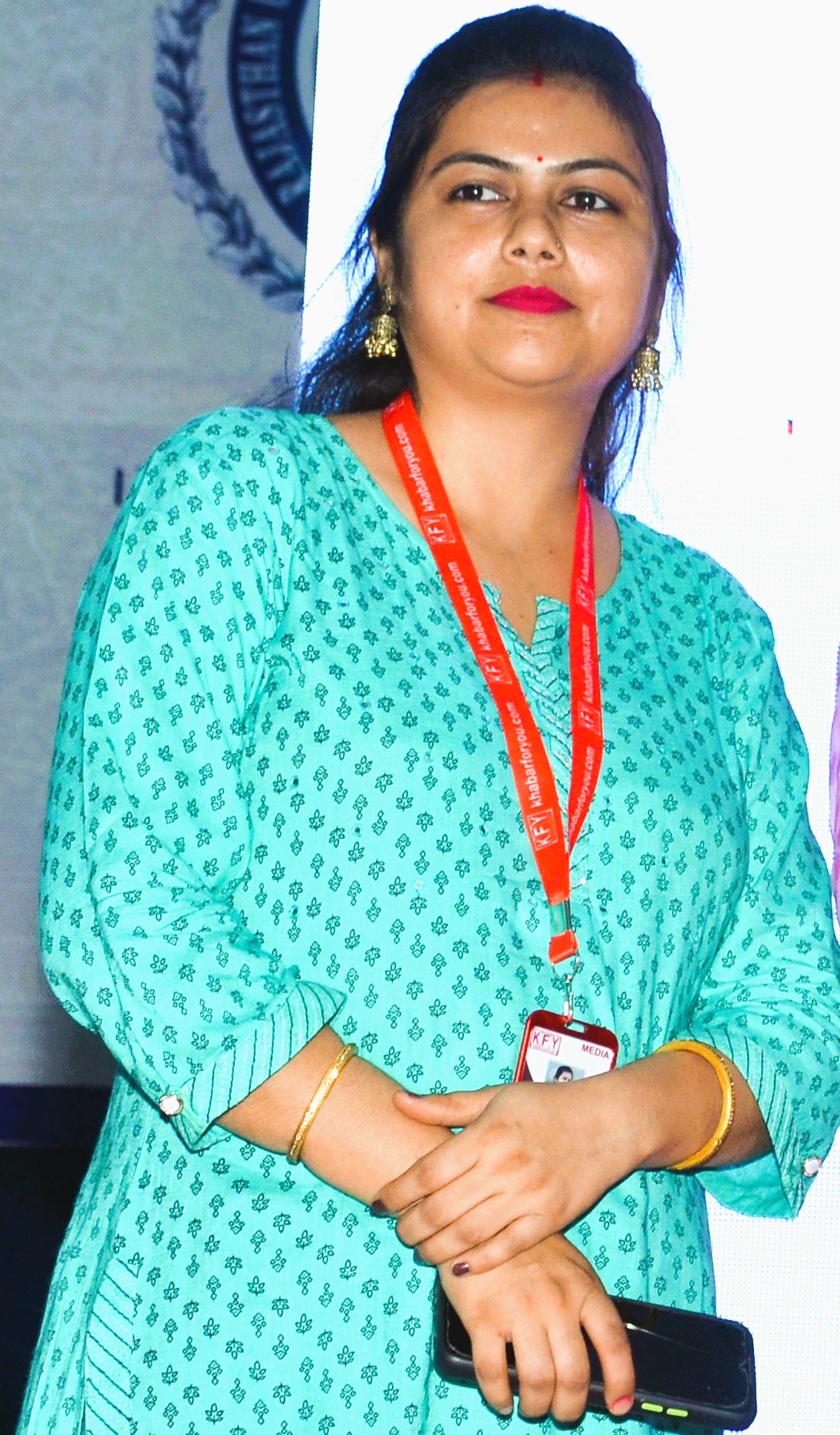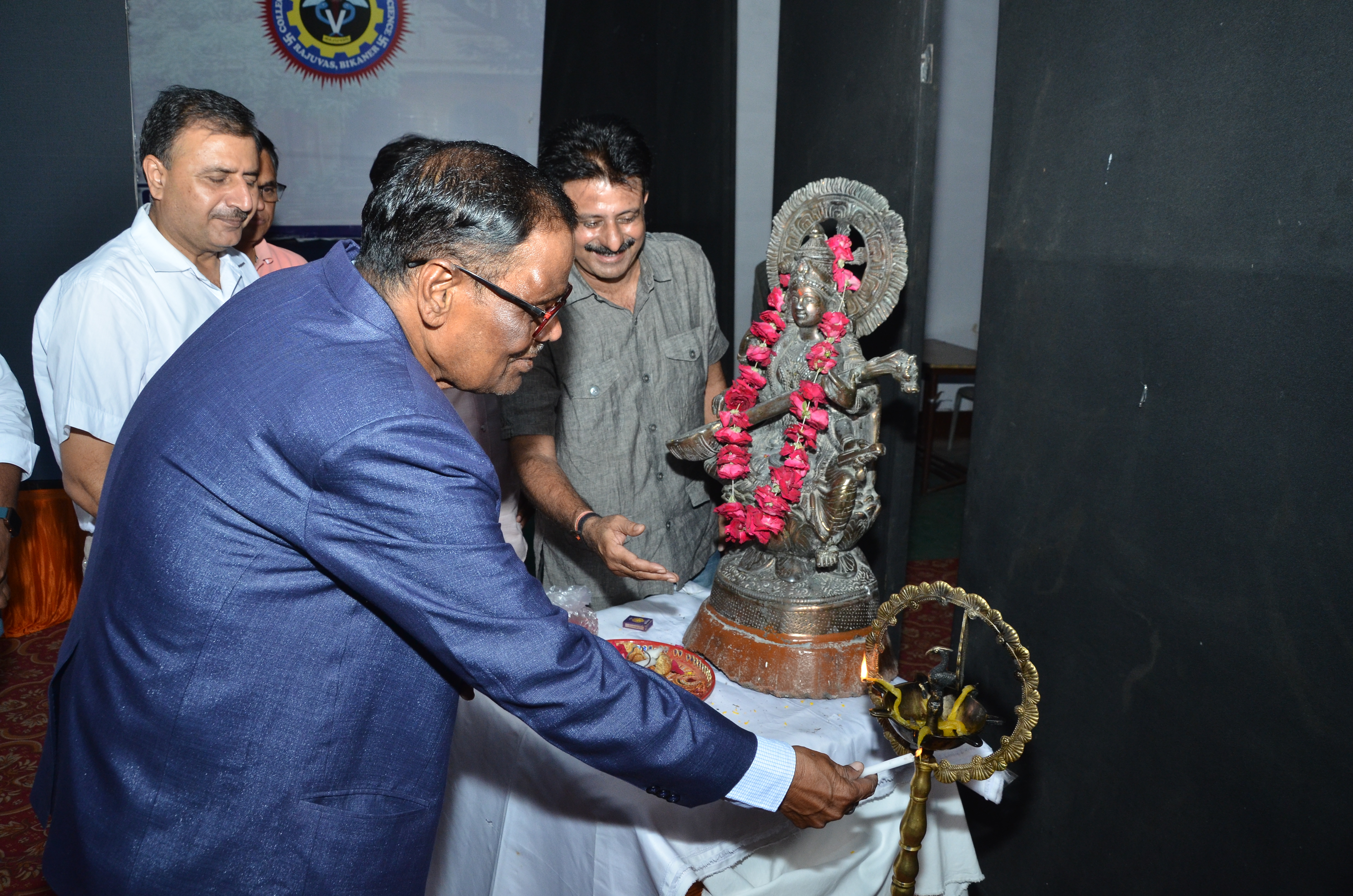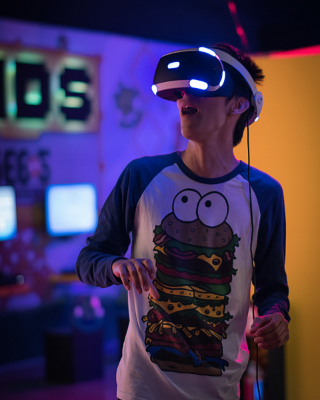A new control technology has been developed by scientists for a four-legged robot

- MONIKA JHA
- 19 Oct, 2021
- 449

Name:-MONIKA JHA
Email:-MONIKAPATHAK870@GMAIL.COM
Instagram:-@Khabar_for_you
Email:-MONIKAPATHAK870@GMAIL.COM
Instagram:-@Khabar_for_you


A
new control technology has been developed by scientists for a
four-legged robot that allowed it to achieve the “effortless” superhuman
feat of hiking 120 vertical metres in the Alps in 31 minutes without
any falls or missteps.
The advance may lead to the development of
new robots and other kinds of robotic technology that can be used in
terrain too dangerous for humans, said the researchers, including those
from ETH Zurich in Switzerland.
The ANYmal quadrupedal robot
successfully finished the hike – which consisted of steep sections on
slippery ground, high steps and forest trails full of roots – four
minutes faster than the estimated duration for human hikers, according
to the study, published Wednesday in the journal Science Robotics.
“The
robot has learned to combine visual perception of its environment with
proprioception – its sense of touch – based on direct leg contact. This
allows it to tackle rough terrain faster, more efficiently and, above
all, more robustly,” study co-author Marco Hutter from ETH Zurich said
in a statement.
While humans and other animals handle slippery or
soft ground by combining the visual perception of their environment
with the proprioception of their legs and hand, researchers said legged
robots have been able to do this only to a “limited extent” until now.
They
said this was mainly because information about the immediate
environment recorded in such robots by laser sensors and cameras was
often “incomplete and ambiguous”.
Citing an example of such
ambiguous perception, researchers said tall grass, shallow puddles or
snow appeared as “insurmountable obstacles” or were partially invisible
for these robots, even when they could potentially traverse them.
In
addition, they said depth perception could be poor in some cases due to
difficult lighting, dust, fog, reflective or transparent surfaces or
other factors.


Leave a Reply
Your email address will not be published. Required fields are marked *
Search
Category







